The Moon Bear, also known as the Asian or Asiatic black bear, is a species of bear that lives in Southeast Asia. You can easily identify this bear by its black fur, round ears, and bright white colored patch of hair on its chest.
This species is genetically related to American black bears, sloth bears, and sun bears, just to name a few. Read on to learn about the Moon Bear.
Description of the Moon Bear
These bears have long black fur, and a v-shaped patch of white fur on their chests. Their ears are noticeably large and round. They do have tails, but they are quite short and difficult to see beneath their fur.
Both sexes are similar in length, but males are heavier than females. They measure between 4 and 6 feet long. Males weigh 300 lbs. or more, while females usually weigh around 150 lbs. or so.
Interesting Facts About the Moon Bear
The Moon Bear is an interesting creature, with a variety of different traits and adaptations. Learn more about what makes these bears unique below.
- Wander Widely – This species usually lives in a very large home range. The size of their territory depends heavily on how much food they can find. If food is plentiful they do not range very far, but if food is scarce sometimes their territories can span 20 square miles or more.
- Battle of the Beasts – Outside of humans, these bears have just one predator, Siberian tigers. Oftentimes, the tigers do not even need to search for the bears. This species likes to feed on carrion, and sometimes becomes prey themselves when eating a Siberian tiger’s kill.
- Getting Some Grub – Interestingly, carrion is some of the only meat that these animals eat. In fact, most of the time they do not hunt anything but insects and invertebrates. Grubs are one of their favorite food sources.
- Farmer’s Folly – Sadly, like most predators this species doesn’t turn down an easy meal. While they normally prefer invertebrates, they do hunt livestock and eat crops. This, of course, leads to conflicts with farmers and often results in the death of the bear.
Habitat of the Moon Bear
This bear lives in different types of habitats based on the season and time of year. They primarily inhabit humid forests with high rainfall. During the summer the bears live in mountainous forests to escape the heat.
As winter arrives, they move towards sea level to avoid the frigid temperatures in the mountains. Some bears forage in agricultural areas, meadows, and open grasslands, but they primarily live in dense forests.
Distribution of the Moon Bear
Sadly, this species lives only in patchy regions of its former distribution. They used to live throughout southern and southeastern Asia from the Middle East through the Himalayan mountain range into southeast Asia.
Nowadays their distribution is incredibly patchy. They live in small areas throughout their former range. Though humans have eradicated them from much of their former range, they still have an incredibly wide distribution across southern Asia.
Diet of the Moon Bear
Moon Bears are omnivores, which means that they eat both plants and animals. Some of their favorite foods are insect larvae, fruits, berries, nuts, insects, and more. This sometimes leads to trouble when they feed on crops.
While they do hunt for prey occasionally, most of their diet consists of plants and insects. When they do eat meat, they forage for carrion, catch small animals, and hunt livestock.
Bear Bile
While habitat destruction is the primary cause of this bear’s decline, poaching is also a serious problem. Poachers capture these bears to collect their gall bladder, which contains bile. In some areas, people even keep the bears in farms to collect their bile using invasive surgery.
These bear bile farms are illegal in most places. People use the bear bile in Traditional Chinese Medicine, and they incorrectly believe the bile has medicinal properties. Researchers have proven that the bile has absolutely no medical benefits whatsoever.
Moon Bear and Human Interaction
Humans impact this species in various ways. One of the most detrimental impacts, as is the case with most species, is habitat destruction. Illegal poaching also impacts the overall population of this bear.
Sadly, even in areas with protected habitats the amount of food is not enough to sustain high populations. The populations are so far apart that they can no longer interbreed, and inbreeding and decreased genetic diversity becomes a problem. The IUCN lists the Moon Bear as Vulnerable.
Domestication
Humans have not domesticated these bears in any way.
Does the Moon Bear Make a Good Pet
No, Moon Bears do not make good pets. In fact, no bear species is a good pet. They are large, wild animals and every single bear species could injure or kill you. In most places it is illegal to own a bear as a pet.
Moon Bear Care
To properly care for these bears, zoos need plenty of space for them to roam and forage. Because their territories reflect directly on food availability, they do not need quite as large of a space as they do in the wild. This is because in zoos they get as much food as they need.
Their enclosures often provide a water source to swim in, and plenty of hiding places, caves, logs, and other features. Zookeepers provide the bears with a variety of toys and other environmental enrichment.
Behavior of the Moon Bear
Behavior varies slightly from region to region. Some bears are diurnal and most active during the day, while others are nocturnal and active at night. Nocturnal bears normally live in areas with more human interaction, and thus come out at night to avoid people.
Depending on the region, some Moon Bears hibernate for the winter, or hibernate for part of the winter. During the hibernation period the bears do wake up easily.
Reproduction of the Moon Bear
Scientists do not know very much about the breeding behavior of these wild bears. All of the information that we have about these bears comes from individuals living in zoos. Most female bears only breed once every two or three years.
After a seven- or eight-month gestation, the female gives birth to two cubs. It takes about three and a half months for the mother to wean the cubs. The cubs do not reach independence until they are about two or three years, and the mother does not breed again until they leave.



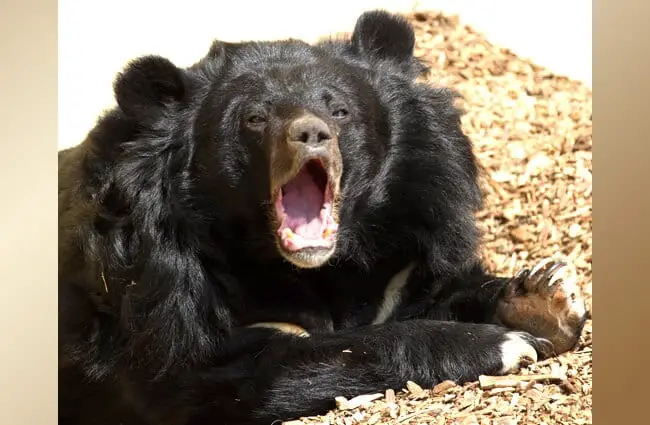
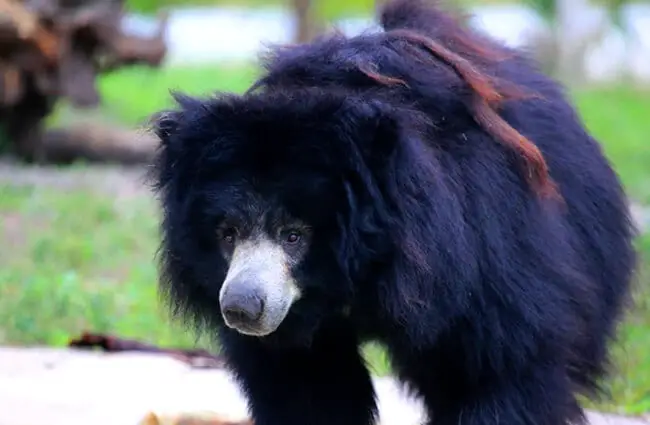

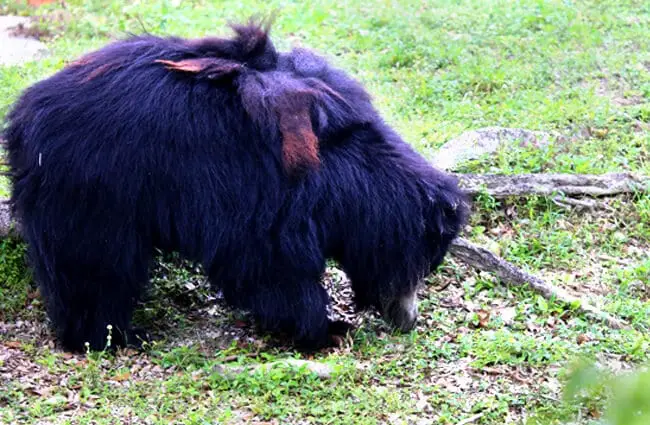
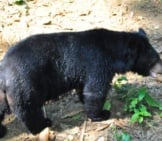
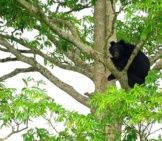

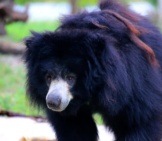


![Red Angus Closeup of a beautiful Red Angus cowPhoto by: U.S. Department of Agriculture [pubic domain]https://creativecommons.org/licenses/by/2.0/](https://animals.net/wp-content/uploads/2020/03/Red-Angus-4-238x178.jpg)


![Red Angus Closeup of a beautiful Red Angus cowPhoto by: U.S. Department of Agriculture [pubic domain]https://creativecommons.org/licenses/by/2.0/](https://animals.net/wp-content/uploads/2020/03/Red-Angus-4-100x75.jpg)

